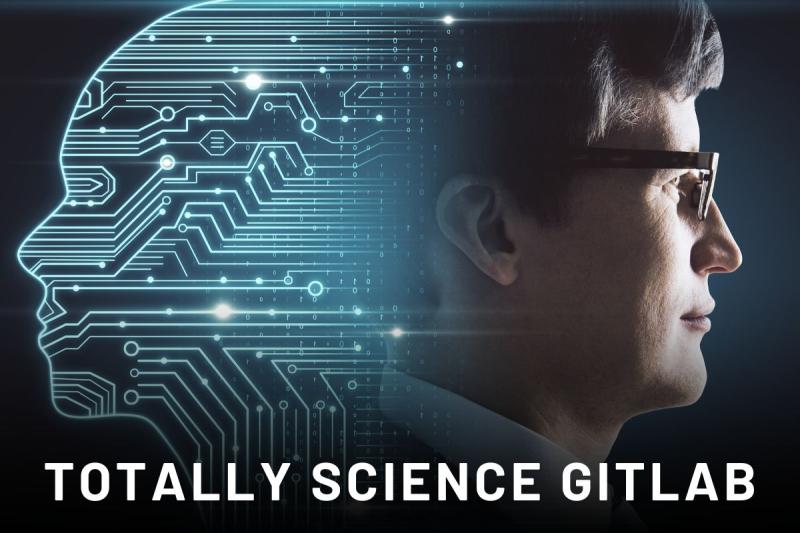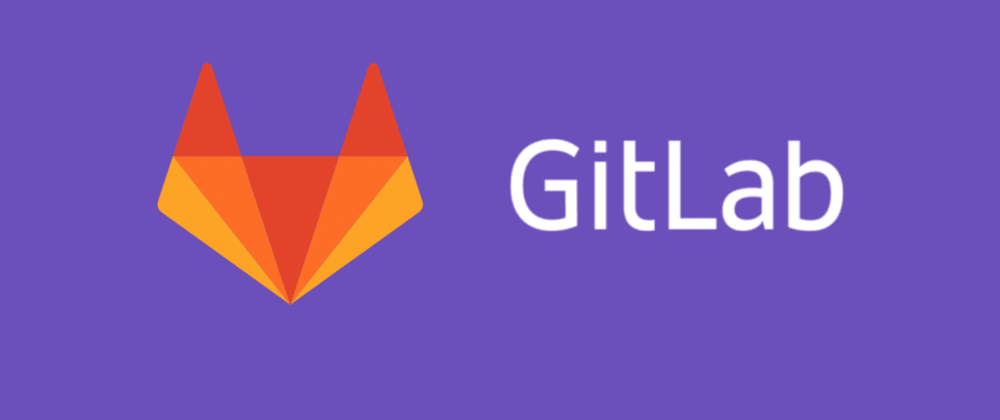
Teamwork and version control are essential in scientific research these days. Adding GitLab, a powerful tool for controlling and protecting code, has changed the way scientists work together on projects. This article talks about the idea of “Totally Science GitLab” and how it can help scientists work together more effectively and efficiently.
Introduction to Totally Science GitLab
GitLab, initially designed for software development, has found extensive applications beyond its initial scope. This term refers to how GitLab’s features have been changed to meet the specific needs of scientific study. It gives researchers a central place to work together, handle their projects, and keep track of changes. This makes them more open and quick to copy.
Understanding GitLab
What is GitLab?
GitLab is an open-source web-based DevOps lifecycle tool that comes with a Git repository editor, a wiki, a way to keep track of problems, and a CI/CD pipeline. For fast development, testing, and deployment of apps, it lets teams work together on code.
Importance of Version Control in Scientific Research
Version control is essential in scientific research to make sure that changes to project files can be tracked and made again. GitLab’s version control system lets researchers keep track of changes, go back to older versions if they need to, and work together efficiently across teams and places.
Integration of Science and GitLab
How GitLab Facilitates Collaboration in Scientific Projects
Totally Science GitLab facilitates collaboration by providing a centralized platform where researchers can share code, data, and insights in real time. It has tools like merge requests, code reviews, and access controls that make sure that joint research is open and accountable.
Tracking Changes in Research Projects
Researchers can keep track of changes made to project files like code, datasets, and documents with Totally Science GitLab. This lets them see how their study is changing over time, find mistakes or disagreements, and work together with their peers to solve any problems that come up.
Features of GitLab for Science
Version Control
Version control in GitLab makes it simple for researchers to see what changes have been made to project files. Teams can work on different parts of a project at the same time without messing up the structure of the project because it lets them branch, merge, and settle arguments.
Issue Tracking
GitLab for Science has an issue-tracking tool that lets project researchers make, assign, and rank tasks related to their work. This helps teams stay organized and on task, making sure that all parts of the study are finished on time.

Continuous Integration and Deployment
The CI/CD system in GitLab automatically tests and deploys changes to code. This keeps research projects up to date-and free of bugs. This speeds up the process of scientific discovery by making it easier to build and use new ideas.
Benefits of Using Totally Science GitLab
Enhanced Reproducibility
GitLab for Science makes it easier for researchers to work together and keep track of all the changes made to a project. This makes it easier to repeat scientific tests and analyses. This increases openness and trust in study results, which helps the scientific community learn more as a whole.
Streamlined Collaboration
GitLab for Science encourages researchers to work together by giving them a central place to talk, share materials, and work on projects together in real time. Bringing together experts from different fields speeds up scientific progress and pushes people from different fields to work together.
Improved Project Management
GitLab for Science makes project management more efficient by putting all of a project’s resources in one place and giving you tools for version control, tracking issues, and continuous merging. Researchers can keep an eye on work, find problems, and make good use of resources to make sure projects stay on track and budget.
Case Studies
Examples of Implementation That Works in Scientific Research
Several research institutions and organizations have successfully implemented GitLab for Science in their projects, resulting in enhanced collaboration, reproducibility, and efficiency. Case studies highlight the diverse applications of Science GitLab across different fields of science and engineering.
Challenges and Solutions
Overcoming Barriers in Adopting Science GitLab
GitLab for Science has many benefits for scientific study, but some people may want to avoid using it because they don’t trust technology or are worried about data security. However, these challenges can be overcome through training, support, and the development of best practices tailored to the needs of researchers.
Best Practices for Utilizing GitLab Effectively in Scientific Projects
To get the most out of Totally Science GitLab, researchers should do things like recording code and data, using version control, and setting up straightforward ways for people to talk to each other. By doing these things, study teams can get the most out of GitLab and speed up the process of scientific discovery.

Future Trends for Totally Science GitLab
Potential Advancements in GitLab for Science
As technology keeps getting better, Totally Science GitLab will also keep getting better to keep up with the needs of scientific study. Integration with data analysis tools may get better in the future, as well as support for new study methods and better performance and scalability.
Integration with Emerging Technologies
New technologies like AI, machine learning, and cloud computing are expected to work with Totally Science GitLab.. This will make it easy for researchers to use these tools in their projects. This integration has the potential to bring about new ideas and speed up scientific progress in many areas.
Conclusion
In conclusion, Totally Science GitLab is a significant change in how scientists work together and handle projects. Researchers can share, work together, and get new ideas very quickly with this tool. Science Combining GitLab’s powerful features with the needs of scientific research makes it easier to reproduce work, speeds up the rate of finding things, and makes teamwork easier. Scientists are becoming more and more comfortable with digital tools, and GitLab for Science will be a big part of how science is done in the future. Here you can learn more about the topic.
FAQs
Is GitLab only for coding projects?
While GitLab for Science is mainly used for handling code repositories, it can also be used to work together on different parts of scientific research, such as project management, data analysis, and documentation.
How does Science GitLab ensure data security and confidentiality?
Science GitLab offers robust access controls, encryption, and auditing features to safeguard sensitive research data and ensure compliance with data protection regulations.
Can I use Science GitLab for commercial research projects?
Yes, GitLab for Science can be used for study projects in both schools and businesses. It gives different types of organizations a range of licensing choices to meet their needs.
Does GitLab for Science support integration with other tools and platforms?
There are a lot of tools and systems that scientists use every day that can be easily integrated with GitLab for Science. These include Jupyter Notebooks, Docker containers, and cloud computing services.
Is there a learning curve associated with using GitLab for Science?
While GitLab for Science might expect to learn and adapt for clients new to form control frameworks, the stage offers broad documentation, instructional exercises, and local area backing to assist scientists with getting everything rolling and expanding their efficiency.







